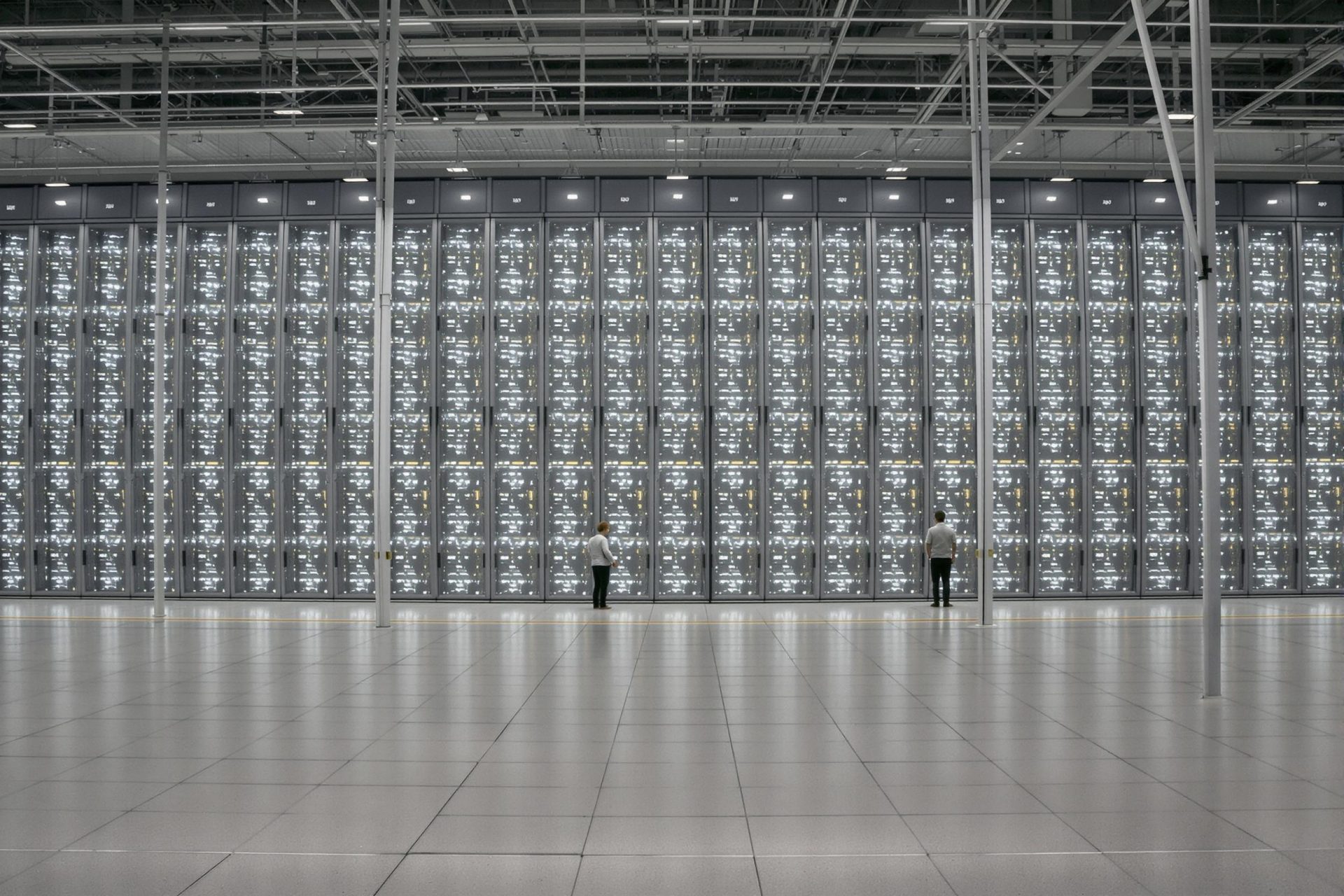Key Takeaways
- Lawrence Berkeley National Laboratory is set to receive a new flagship supercomputer in 2026, to be delivered by Dell Technologies.
- The system will utilize Nvidia chips, signaling a deeper integration of AI-focused hardware in scientific research.
- Named “Doudna,” after Nobel laureate Jennifer Doudna, the machine is expected to be over ten times faster than the lab’s current top system.
- This development highlights the increasing convergence of scientific computing and artificial intelligence.
The once separate realms of scientific computing and artificial intelligence are steadily merging, a trend underscored by a massive new machine coming to Berkeley, California.
The Department of Energy’s Lawrence Berkeley National Laboratory announced Thursday it has selected Dell Technologies to deliver its next flagship supercomputer in 2026, according to The New York Times.
This powerful new system will employ Nvidia chips, which are tailored for both A.I. calculations and the complex simulations frequently used in energy research and other scientific disciplines.
Berkeley Lab expects the new machine—to be named for Jennifer Doudna, a Berkeley biochemist who shared the 2020 Nobel Prize for chemistry—to offer a speed boost of more than tenfold over the lab’s most powerful current system.
If fully outfitted, the machine could become the Energy Department’s biggest resource for tasks like training A.I. models, said Jonathan Carter, associate laboratory director for computing sciences at the Berkeley center.
The supercomputer stands out due to its technology choices, which indicate a growing desire within government labs to embrace more technologies originating from commercial A.I. systems.
Nvidia chips, though widely adopted by major cloud companies and in many supercomputers, were notably passed over by the Energy Department for three previous record-setting machines assembled by Hewlett Packard Enterprise.
Dell has not traditionally been a dominant force in the highest tier of the supercomputer market, but it has seen success in large commercial A.I. installations. “HPE has been sweeping the D.O.E. space,” Addison Snell, chief executive of Intersect360 Research, told The New York Times. “This is a big win for Dell.”
Supercomputers are immense computing systems that can fill entire rooms. Initially used for critical tasks like designing weapons and cracking codes, they have long been symbols of national technological prowess.



